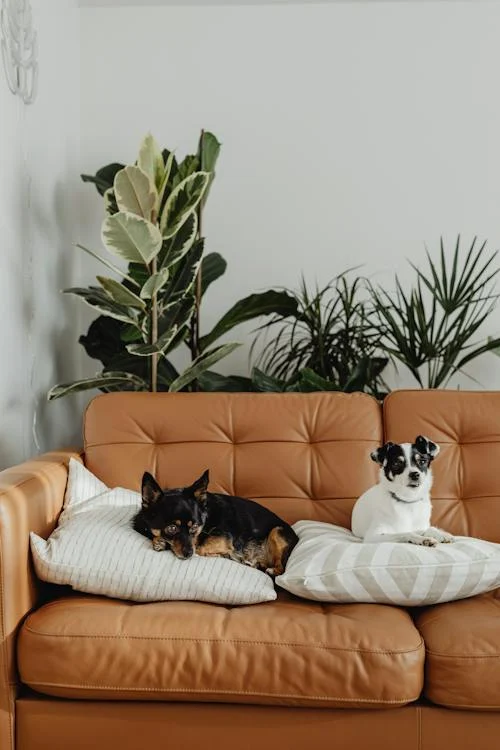Whether you have an elderly dog or a puppy – if you are planning to get a second dog then you need to introduce them carefully, no matter their temperament. Your current dog is used to receiving all your attention and may also be territorial of the home.
No matter how sociable they appear when out on walks – or when other dogs come round to play – a new dog living in their house is a completely different story.
If you rush it and they don’t get on as well as you were expecting, it could cause tension between the two of them that you may find very hard to overcome.
Avoid issues at the beginning and they will settle into life together much quicker and be friends before you know it. Here’s how:
Make sure your dog is ready
Your current dog needs to be at the forefront of your mind because it is their home and their routine that is going to be disrupted. Are they ready for another dog and if not, how can you ensure that they are? Perhaps they need to be socialised more first? Do they have behavioural issues that you need to deal with? You don’t want to rush into it, it might be better to wait and make sure it is the right time.
Choose a dog that is different from your current one
It will be much easier to introduce a second dog if they are as different to your current dog as possible. Ideally, a male and female will live better together. Likewise, it’s best to find a dog that is different in terms of behaviour – giving the two of them little to compete over. You may also consider a different breed – so that they have differing personality traits. A dog of the same breed, sex and behaviour could mean that they clash – and you definitely don’t want this.
Consider how you are going to organise the home
You don’t want the two dogs to feel trapped or to be fighting over space. Ensure they have their own dog bed, water bowl, food bowl, treats and toys – and that these are kept separate, at least at first. Also, how are you going to keep them apart when you need to? Perhaps crate training might help or a gate between rooms – this will be needed particularly if and when you have a female on heat. This is also important if you are getting a puppy and already have an older dog who may need a break from time to time.
Introducing the dogs
If possible – perhaps you are rescuing an older dog rather than getting a puppy – take them for a walk together first or at least ensure they meet outside of the home, where your current dog won’t be territorial. Do this a few times and have someone else hold the new dog. Once they have met on the lead – first from a slight distance and then up close so they can sniff each other – try them off lead.
Share the love
It’s important that you don’t give all the attention to your new dog. This can be hard if they are a puppy and need it but you don’t want your current dog to feel resentment towards them. Like having a new baby, you wouldn’t want your first child to feel forgotten about or that all the attention that was once on them is now on someone else. So, just make sure your other dog is occupied when dealing with the new one and that they get an equal amount of attention too.
Keep a close eye on them
This is particularly important during the first 24 hours – even dogs that seem to be getting on really well initially could suddenly turn. At the beginning you need to watch their every move and try not to leave them alone together. Watch closely to see how they are interacting and identify anything that might be causing tension that could be avoided.
Now you know how to introduce a second dog into your home, you have the best possible chance of settling them in together. You will have to supervise them very carefully at the beginning but after a month or so of this they should know the other isn’t a threat and you can look forward to enjoying the company or two dogs, not just one.

